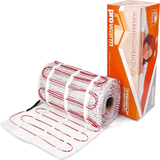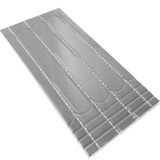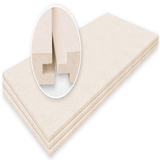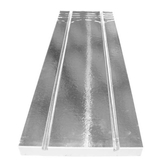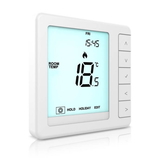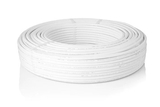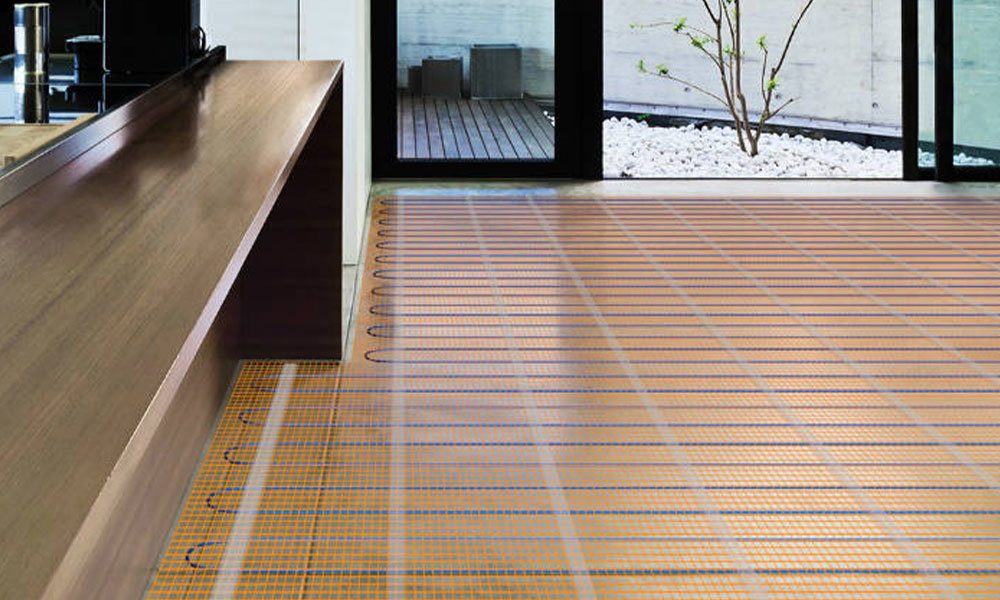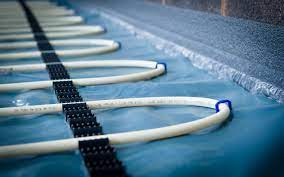- Blogs
- Underfloor Heating Wooden Floor: Should You Do It?
Underfloor Heating Wooden Floor: Should You Do It?

In recent years, wood flooring has been a popular choice for homeowners and homebuilders.
The only problem with wooden flooring is that it's made of natural hardwood, which may react with its surrounding environment, leading to faster wear and tear of the timber flooring.
Most homeowners tend to address this issue by installing an underfloor heating system to help minimise outside factors.
However, are they worth it? Is it the best solution you got? Let's find out whether wood flooring is best paired with an underfloor heating system.
What's the Purpose of Using an Underfloor Heating System?
As the name suggests, an underfloor heating system acts as a heating system for your flooring. It comes in two forms: water underfloor heating and electric underfloor heating systems.
However, an underfloor heating system isn't advisable if you have solid wood flooring, as wooden flooring isn't a great conductor of heat and works more as an insulator.
In addition, it would take longer for an underfloor heating system to heat the entire wooden floor.
As a result, engineered wood floors are the better choice for this type of system.
Engineered hardwood flooring is the better choice because it can quickly dissipate heat throughout the solid wood floor in half the time than wooden flooring.
If you're considering underfloor heating for your next home refurbishment project, here are some of its pros and cons to help you decide.
Pros of Underfloor Heating![underfloor heating]()
- If installed correctly, it can provide comfort during the colder seasons of the year.
- Engineered wood floors are the most compatible with underfloor heating.
- The surface air temperature is evenly heated with electric underfloor heating.
- Underfloor heating adds value to your home if you want to sell your property in the future.
- Cost-effective. Installing underfloor heating can be done by yourself and without the help of a professional.
Cons of Underfloor Heating
- If you already have wooden flooring at home, you might want to change it to engineered wood flooring, which can drive the cost up
- It can take more time to heat the floor surface temperature of your room than traditional central heating systems.
- If installed incorrectly, it can greatly reduce the efficiency of floor heating systems. It should conduct heat not more than 27 celsius to get the same effect you would normally experience from tile or stone floors.
Does Underfloor Heating Work With Wooden Floors?
Of course! Underfloor heating is still attainable with wooden flooring and timber floors.
Timber floors are superior because they retain heat far longer than any solid wood flooring.
However, remember that each type of wooden floor has its requirements and engineered timber floors are one good example is engineered wood flooring, which is the best for underfloor heating.
Importantly, there are some important considerations you need to weigh, especially when it comes to underfloor heating installations and settling for wood flooring as your floor finishes.
Moreover, it can also be installed on suspended timber floors. However, the subfloor should be the original floorboards in the case of suspended timber floors that are usually on the first floor.
What Are the Best Types of Wooden Floors to Use With Underfloor Heating?
Many types of wooden floors are suitable for underfloor heating. Take a look at some options.
Engineered Wood and Parquet Flooring
Engineered hardwood flooring is by far the best type of wooden floor to use with underfloor heating.
An engineered wood floor is better than any other type because it feels like a natural wooden floor, and you can install this type of flooring on any floor level.
In addition, the top portion of engineered wood is made of solid wood, whereas the bottom layers of it are made of several bases that provide stability and strength.
As a result, it naturally expands and contracts despite constant temperature changes. It's also a more durable and stable product than a timber floor.
Kiln Dried Timber or Timber Floors
Timber is a natural hardwood, making it a great heating option. A timber floor is usually cut into boards by a flooring manufacturer to be used for flooring.
A Kiln Dried Timber Floor is the best choice because it has low moisture content. Exposure to moisture can lead to warping and superficial changes over time.
It is why if you've brought a Kiln Drian Timber as part of some of your renovation projects, it is advised that it should have the minimum moisture content or until all excess moisture has been removed before arriving on site.
Still, it's one of the best flooring options if you run out of floor heating-capable wooden floorings.
NOTE: Before installation, the timber flooring must be stored in a dry location accompanied by a floor temperature sensor to know if there are any overheating issues before it's fitted.
![electric underfloor heating]() What Should You Consider When Picking Wooden Flooring?
What Should You Consider When Picking Wooden Flooring?
Before heading out to purchase your chosen floor finish, consider these important notes.
Moisture Content
Wood naturally expands from its surrounding environment, which means you have to choose a type of wood that is intended for such an environment.
For example, solid wood floors such as timber floors aren't great when installed in the basement as it attracts moisture.
However, you can address this issue by choosing the ideal thickness for a specific environment.
Wider timber boards are great because they show contraction and expansion than narrow boards.
So, always consider the moisture content of wooden flooring as its responsiveness to whether wet underfloor heating systems or electric underfloor heating is more than enough to heat the entire surface.
Conducting Heat
Based on research exploring growth and shrinkage rates, the 'ideal floor' surface temperature should be at most 27 Celsius.
One good reason it's the "ideal temperature" is that the timber-tested material wasn't visible to the naked eye when it extends.
Thickness
For thickness, it is preferred to discuss the thickness as it can greatly impact the efficiency of underfloor heating.
As we've mentioned, wider boards are the best choice because they show more movement than more narrow boards.
NOTE: When a room has large amounts of heat loss, it would be best to install stone or tiles as they have great thermal conductivity — or the ability to retain heat on the surface.
How Should You Install Underfloor Heating and Wooden Floors?
Before you install underfloor heating, there are some important things you need to know.
Always Leave An Expansion Gap
When installing underfloor heating on wooden floors, an expansion gap of 15 to 20mm is recommended. The reason for this space is to allow the flooring to naturally expand.
These expansions are usually concealed using skirting boards. So, you've been assured it won't be visible to the naked eye.
What Are the Benefits of Using Engineered Wood Flooring?![wet underfloor heating]()
Of course, there are always benefits to using engineered wood for underfloor heating purposes. These include:
Easy to Install
Engineered wood is easy to install. It's one of the best selling points of a flooring supplier. Regardless of floor height or type of room, it can be easily installed.
Picture Credit - Nu-Heat
It can also be installed on suspended floors without problems. The underfloor heating is usually installed in floor joists, between insulation panels, and pipework.
Durable
Engineered wood is made up of layers of different boards and plywood that are bonded together. In short, it is highly reliable and would stand the test of time even in rigorous conditions.
Lots of Varieties
Back in the day, wooden floors, timber flooring, and engineered wood only had a few designs. However, engineered wood has gained traction in terms of design.
Now, you can enjoy a chevron or parquet look. A timber floor might complement any part of your room, but engineered wood has become a better choice because it comes in wide varieties.
Affordable
Timber flooring is significantly more expensive than engineered wood. Plus, it's more durable and can complement well, regardless of your room theme.
Conclusion:
Underfloor heating is great for different purposes. While choosing the right type of wood floor finish can be hard, we highly recommend engineered wood for best-case scenarios.
But if the floor manufacturer can't provide such an option, timber floors are the next best alternative.
We hope this article served you in the best way possible in choosing what type of wood flooring is best paired with underfloor heating.
For quality underfloor heating boards and supplies at affordable pricing visit Buy Insulation Online. Along with underfloor heating, we also stock top-class floor, wall, roof and loft insulation products plus industrial insulation materials like pipe lagging, ducting insulation, valve covers and much more.

Samuel Hitch
Managing Director
Buy Insulation Online.
Leave A Reply
Your feedback is greatly appreciated, please comment on our content below. Your email address will not be published. Required fields are marked *


